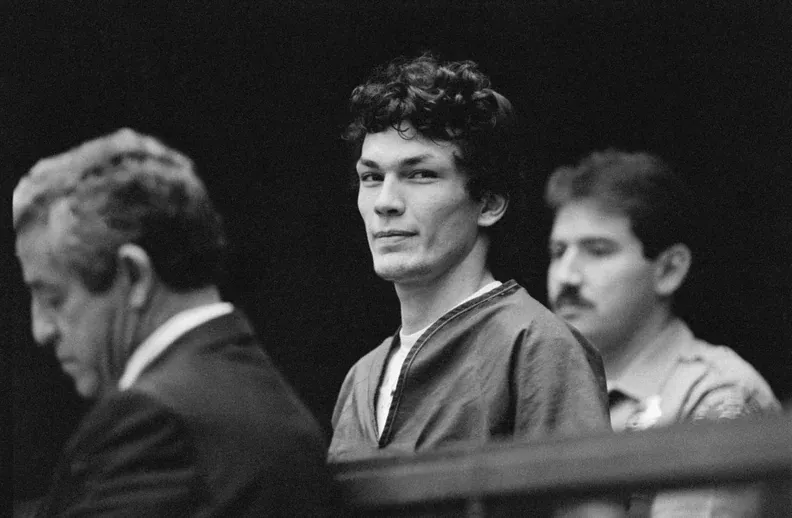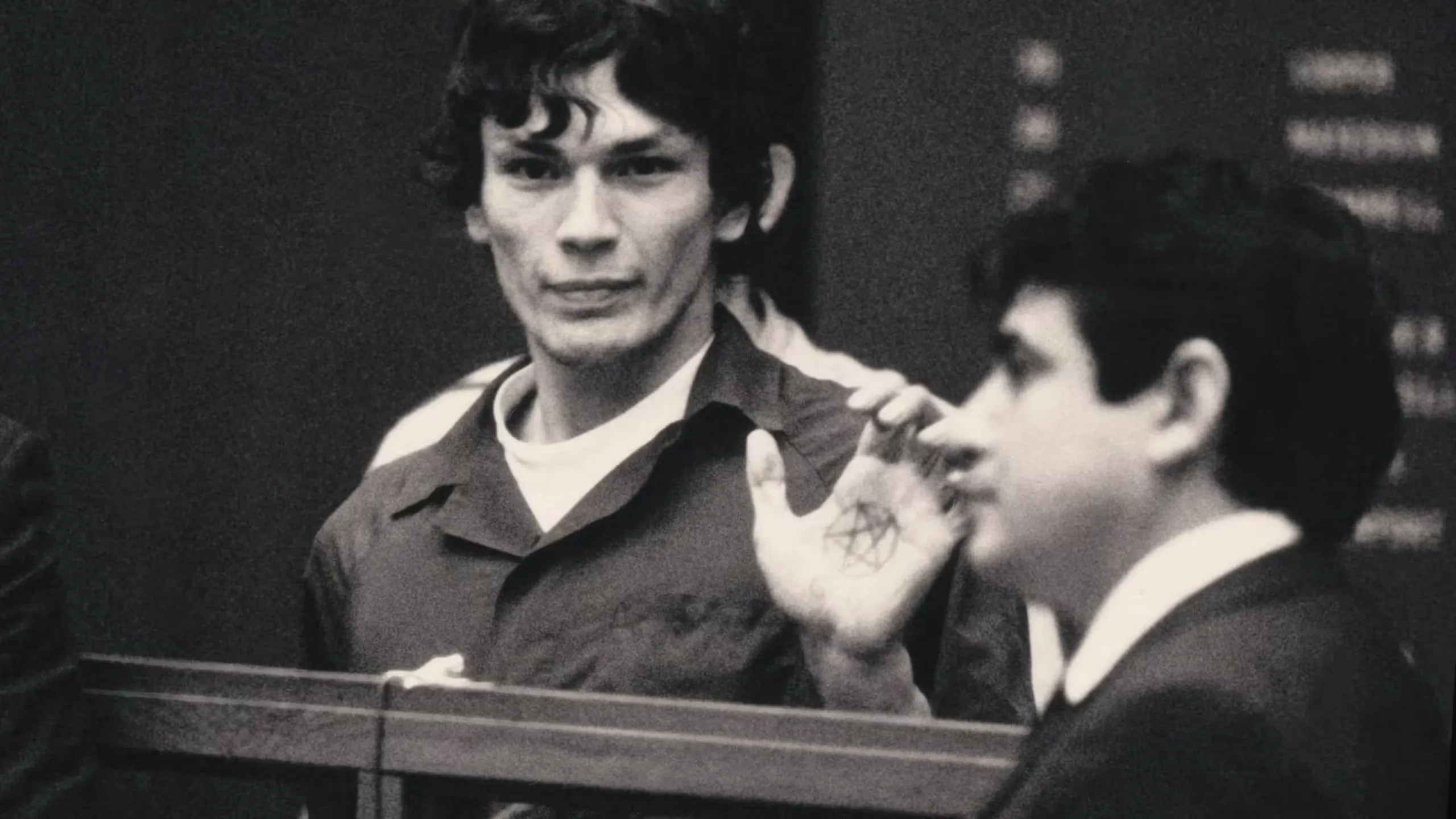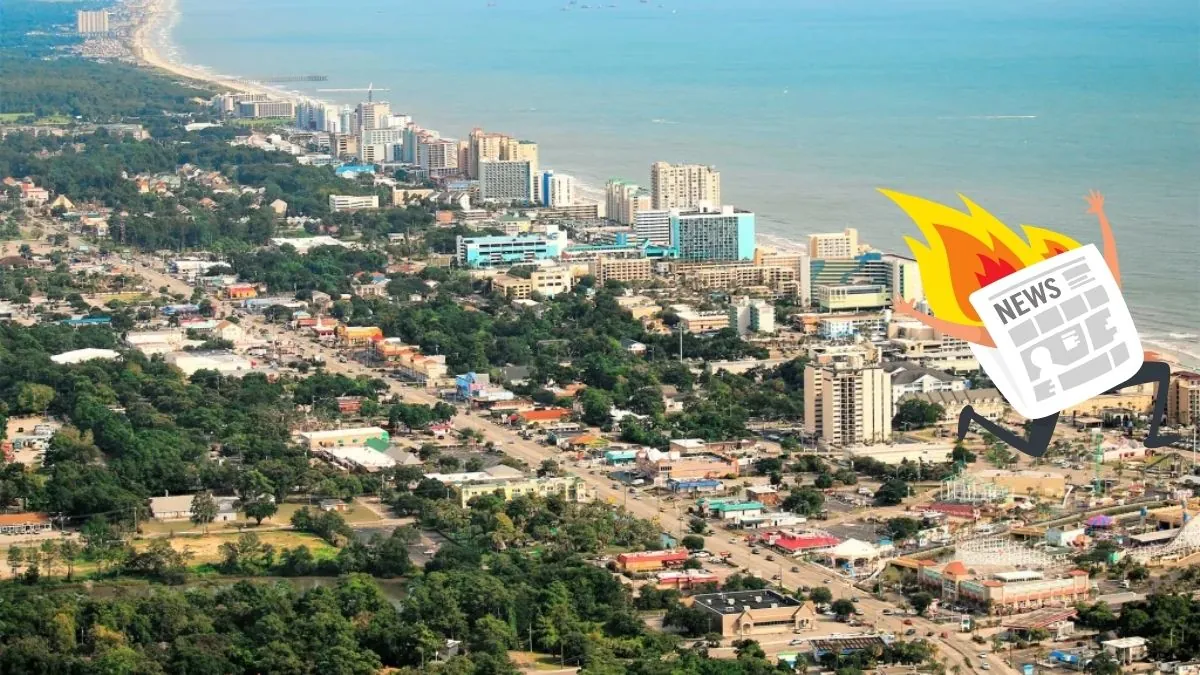The 1980s in California were marked by a series of horrifying crimes that captured the nation’s attention and instilled fear in the hearts of many. Richard Ramirez, infamously known as the “Night Stalker,” terrorized Southern California with a spree of brutal assaults, murders, and burglaries. His reign of terror left a significant impact on the region and remains a haunting chapter in the annals of criminal history. This article explores the life, crimes, and eventual capture of Richard Ramirez, shedding light on his impact across various cities in California and the enduring legacy of his criminal activities.

Early Life and Background
A. Richard Ramirez’s Early Years
-
Birth and Family Background
- Richard Ramirez was born Ricardo Leyva Muñoz Ramirez on February 29, 1960, in El Paso, Texas. He was the youngest of five children born to Julian Ramirez and Mercedes Leyva.
- His father, Julian, was a former police officer, and his mother, Mercedes, was a homemaker. The Ramirez family struggled financially, and Richard’s upbringing was marked by instability and violence.
-
Childhood and Adolescence
- Ramirez’s childhood was troubled. His father’s abusive behavior and his mother’s religious fanaticism contributed to a turbulent home environment.
- At a young age, Ramirez was exposed to violence and crime. He witnessed brutal acts, including the severe beating of his father, which likely influenced his later criminal behavior.
- As a teenager, Ramirez fell into a life of petty crime and drug use. His fascination with criminality and dark themes began to intensify, shaping his future criminal activities.

The Night Stalker’s Reign of Terror
A. Initial Crimes and Modus Operandi
-
First Attacks
- Richard Ramirez’s criminal activities began in earnest in 1984. His first known murder occurred on June 28, 1984, when he killed 79-year-old Jennie Vincow in her Los Angeles apartment. The murder was brutal, and Vincow’s throat was slashed.
- Ramirez’s attacks spanned several cities, including Los Angeles, San Francisco, and Riverside, demonstrating his ability to evade capture while committing heinous acts across a broad geographical area.
-
Signature Characteristics
- Ramirez’s modus operandi involved a combination of home invasions, sexual assaults, and murders. He often used a variety of weapons, including guns, knives, and blunt objects, to commit his crimes.
- He was notorious for his ritualistic and satanic behavior. Ramirez left behind pentagrams and other satanic symbols at crime scenes, which fueled media speculation and public fear.
B. Key Incidents
-
The San Francisco Attacks
- In August 1985, Ramirez struck fear into the residents of San Francisco with a series of brutal attacks. Among the most notable incidents was the murder of Peter Pan and his wife, Barbara Pan, on August 17, 1985. The couple was attacked in their home, with Peter Pan being killed and Barbara severely injured.
- The San Francisco attacks, marked by Ramirez’s viciousness and the use of satanic symbols, contributed to a growing sense of dread and panic in the city.
-
The Los Angeles Murders
- Ramirez’s terror extended to Los Angeles, where he committed several high-profile murders. One of the most infamous was the killing of the Khovananth family on March 17, 1985. In this case, Ramirez sexually assaulted and murdered the family members in their East LA home.
- The brutality of these murders, combined with Ramirez’s apparent randomness in choosing victims, heightened the sense of fear across the city.
-
The Riverside Murders
- The Riverside area also fell victim to Ramirez’s rampage. On May 14, 1985, he brutally murdered 9-year-old Mei Leung in a Riverside hotel. The murder was particularly shocking due to the victim’s age and the level of violence involved.
- Ramirez’s crimes in Riverside added to the mounting terror in Southern California and underscored his capacity for extreme violence.
The Hunt for the Night Stalker
A. Public Fear and Media Coverage
-
Media Frenzy
- The media played a significant role in amplifying the fear surrounding Ramirez’s crimes. News outlets frequently covered the case, providing detailed reports on his brutal actions and the growing panic among residents.
- The constant media coverage, including the distribution of sketches and descriptions of Ramirez, contributed to a pervasive sense of anxiety and vulnerability in affected communities.
-
Public Appeals for Help
- Authorities made numerous appeals to the public for assistance in locating Ramirez. They released descriptions and sketches of the suspect, urging residents to report any suspicious activity.
- The fear generated by Ramirez’s crimes led many people to take extra precautions, such as avoiding night-time activities and increasing home security measures.
B. Investigation and Breakthrough
-
Challenges for Law Enforcement
- The investigation into Ramirez’s crimes faced numerous challenges. Detectives struggled to find a pattern in his attacks and were hampered by limited physical evidence.
- The randomness of Ramirez’s attacks and his ability to elude capture for an extended period made the case particularly difficult for law enforcement agencies.
-
Key Breakthrough
- In August 1985, a significant breakthrough occurred when Ramirez’s fingerprint was found at a crime scene. The fingerprint was linked to Ramirez, providing a crucial piece of evidence in the investigation.
- The identification of Ramirez led to a nationwide manhunt, as law enforcement agencies worked to capture the elusive killer.

Capture, Trial, and Conviction
A. The Capture
-
Public Identification
- On August 30, 1985, Ramirez was recognized by the public in East LA after being featured in media reports. A group of residents detained him and restrained him until law enforcement arrived.
- Ramirez was subsequently arrested and taken into custody, marking the end of his reign of terror.
-
Legal Proceedings
- Richard Ramirez faced a high-profile trial, with numerous charges including 13 counts of murder, 5 counts of attempted murder, 11 counts of sexual assault, and 14 counts of burglary.
- The trial was widely covered by the media, highlighting the brutality of Ramirez’s crimes and the impact on the victims’ families. The proceedings were characterized by intense public interest and media scrutiny.
B. Sentencing and Death
-
Conviction
- In 1989, Ramirez was convicted on all charges and sentenced to death. He received multiple life sentences without the possibility of parole, ensuring he would spend the rest of his life in prison.
- The conviction was seen as a significant victory for justice and provided some measure of closure for the victims and their families.
-
Death
- Richard Ramirez died on June 7, 2013 at the age of 56, while on death row at San Quentin State Prison. He succumbed to complications from B-cell lymphoma, bringing an end to his life of crime and imprisonment.
Impact and Legacy
A. Effect on Communities
-
Psychological Impact
- Ramirez’s crimes had a profound psychological impact on the communities he targeted. Residents lived in constant fear, and the sense of safety in affected cities was significantly undermined.
- The trauma experienced by the victims and their families was immense, and the fear generated by Ramirez’s actions lingered long after his capture.
-
Changes in Law Enforcement Practices
- The Night Stalker case led to changes in law enforcement practices, particularly in how serial crimes are investigated and managed.
- The case highlighted the importance of forensic evidence and the need for improved coordination between different law enforcement agencies to handle complex criminal investigations.
B. Cultural Impact
-
Media Representation
- Ramirez’s crimes were extensively covered in the media, leading to numerous documentaries, books, and films about his life and criminal activities.
- His case became a symbol of the horror associated with serial killers and contributed to the broader narrative of criminal fear in popular culture.
-
Influence on Pop Culture
- The Night Stalker case has been referenced in various forms of pop culture, including films, television shows on netflix, MaXXXine and literature. Ramirez’s infamy has contributed to the ongoing fascination with serial killers and their impact on society.
Conclusion
Richard Ramirez, the Night Stalker, left an indelible mark on 1980s California through his series of brutal and senseless crimes. His reign of terror disrupted the lives of countless individuals and left an enduring impact on the state. The case serves as a chilling reminder of the capacity for evil and underscores the importance of vigilance and justice in protecting communities from such threats. Through the tireless efforts of law enforcement and the resilience of the affected communities, the Night Stalker’s reign of terror was ultimately brought to an end, but the legacy of his crimes continues to resonate in the annals of criminal history.
This Article Includes








